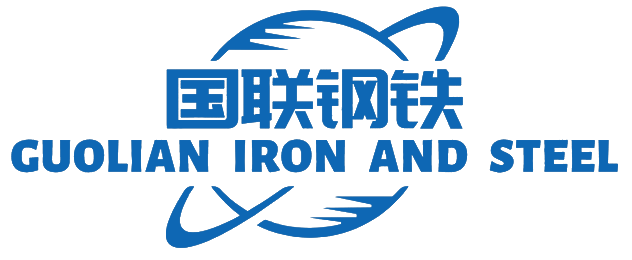Inspection standards for galvanized pipes
Galvanized pipes, also commonly referred to as galvanized steel pipes or zinc-coated steel pipes, are steel pipes thathave been coated with zinc to enhance their corrosion resistance. The inspection standards for galvanized pipes arecrucial to ensure their guality, durability, and safety in various applications. Here are some key inspection standards forgalvanized pipes.
1.Appearance Inspection
Surface Coating: The galvanized coating should be uniform, smooth, and free from defects such as peeling,
cracking, and blistering.
Color Consistency: The color of the galvanized coating should be consistent throughout the pipe, indicating uniformZinc deposition.
2.Dimensional Accuracy
Outer Diameter and Wall Thickness: The outer diameter and wall thickness of the galvanized pipe should meet thespecified dimensions as per the relevant standards (e.g., ASTM, EN, BS, etc.).
Length: The length of the pipe should be within the tolerance range specified in the standards.
3.Zinc Coating Thickness
Measurement: The thickness of the zinc coating should be measured using appropriate instruments such as amagnetic gauge or a micrometer
Compliance. The measured zinc coating thickness should comply with the specified minimum and maximumthickness requirements in the relevant standards.
4.Mechanical Properties
Tensile Strength: The tensile strength of the galvanized pipe should meet the specified requirements to ensure itsstructural integrity.
Yield Strength: The yield strength should also be within the acceptable range to prevent deformation under load
5.Corrosion Resistance
Salt $pray Test: The galvanized pipe should undergo a salt spray test to assess its corrosion resistance. The testinvolves exposing the pipe to a salt spray environment for a specifed period and then evaluating the dearee ofcorrosion.
Other Tests: Additional tests such as humidity testing or accelerated aging tests may also be conducted to furtherevaluate the corrosion resistance of the pipe
6.Structural Integrity
Welds and joints. lf the aalvanized pipe has welds or ioints, they should be inspected for defects such as cracksporosity,and incomplete penetration.
Overall Structure: The overall structure of the pipe should be inspected for any signs of damage, deformation, orother imperfections.
7.Compliance with Standards
Certification: The galvanized pipe should be accompanied by a certification of compliance with the relevantstandards
Marking: The pipe should be marked with the manufacturer's identification, the standard to which it complies, andany other relevant information.
8.Special Requirements
Pressure Testing: For galvanized pipes used in pressure systems, pressure testing may be required to ensure their
structural integrity under pressure.
Chemical Composition: The chemical composition of the galvanized pipe should comply with the specifiedrequirements to ensure its corrosion resistance and other properties.
In summary, the inspection standards for aalvanized pipes cover a range of aspects includina appearance, dimensionszinc coatina thickness, mechanical properties, corrosion resistance, structural intearity, compliance with standards. andany special requirements. These standards are essential to ensure the quality and safety of galvanized pipes in variousapplications.
CONTACT US
